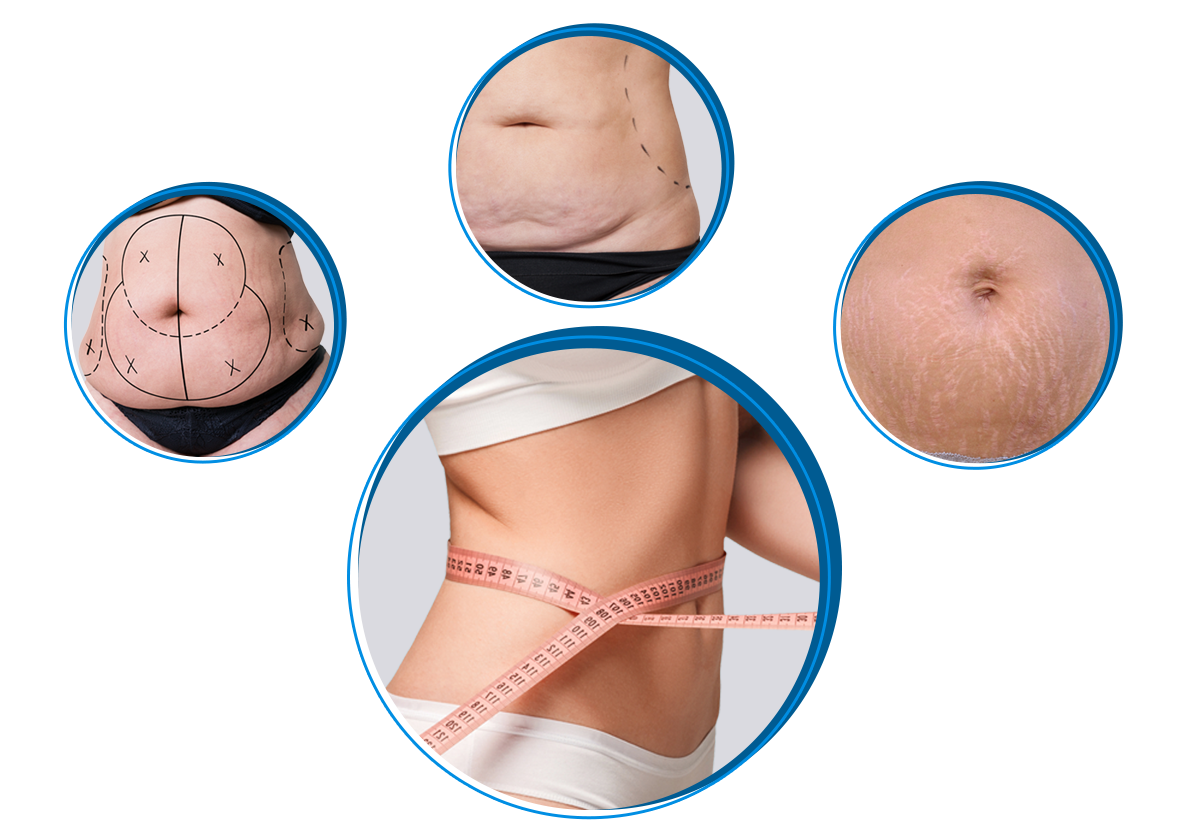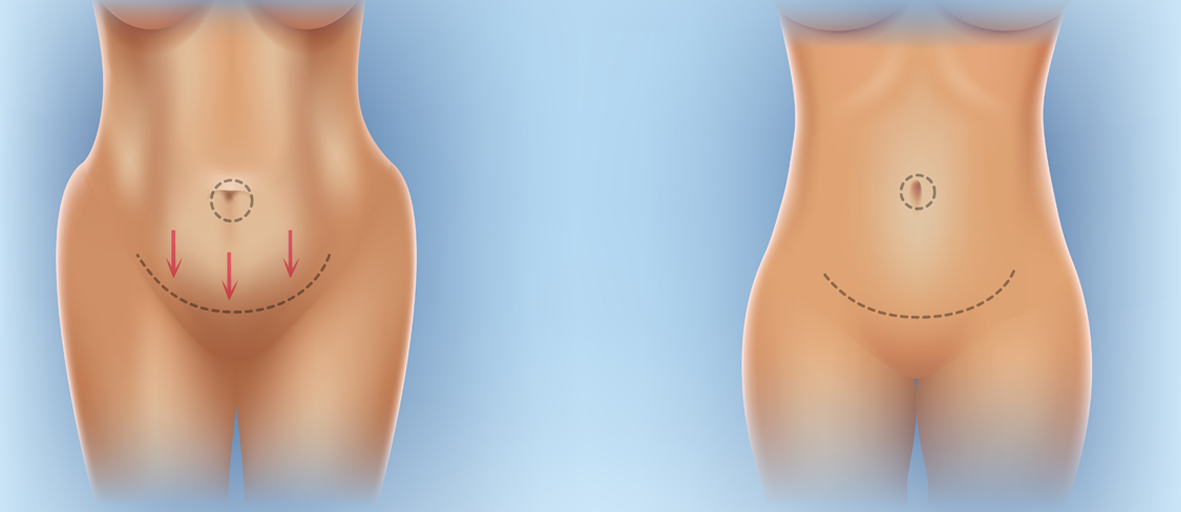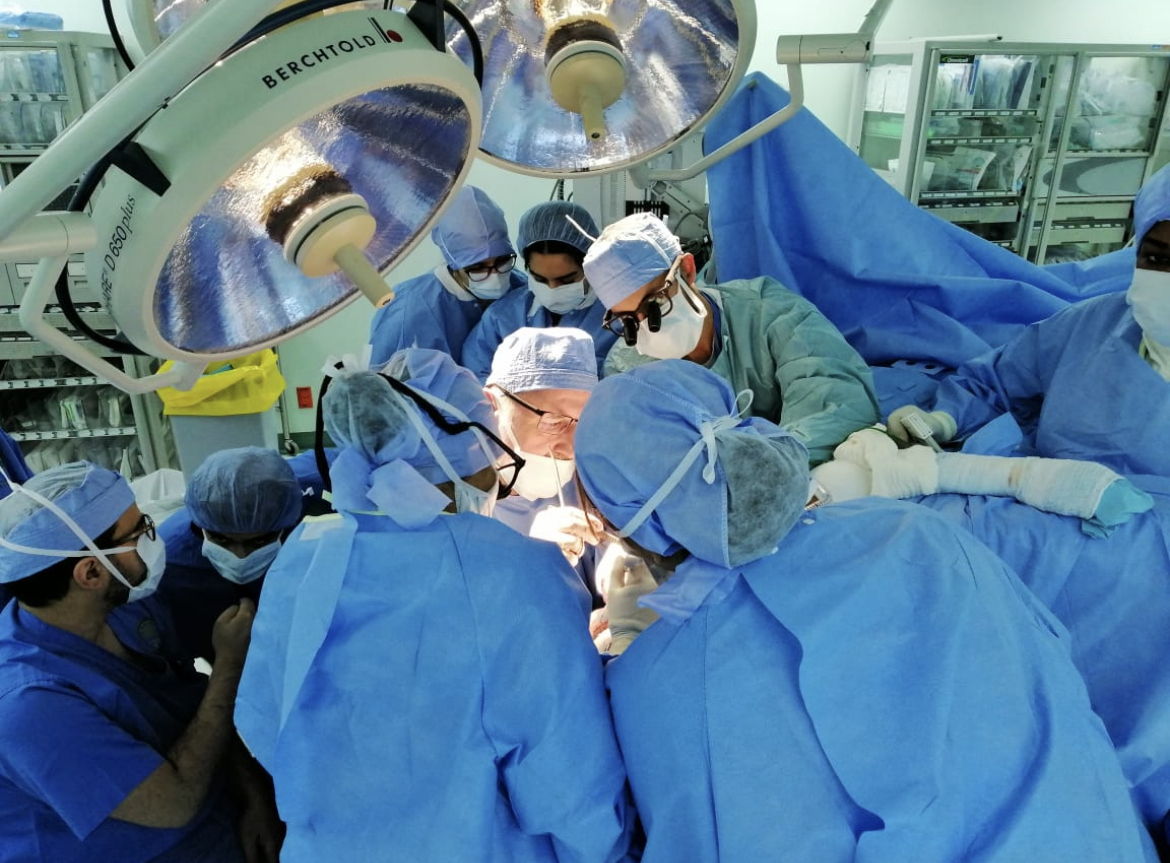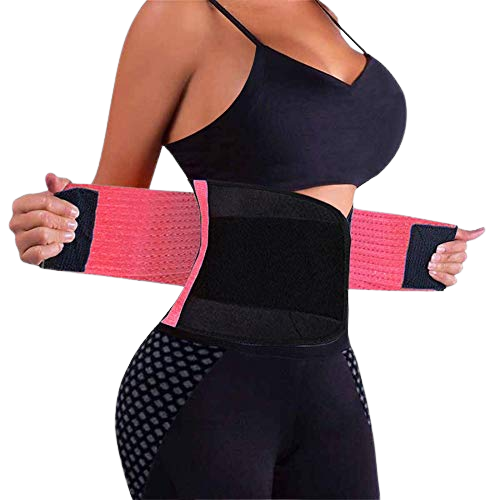
Body Contouring
What is Body Contouring?
Body contouring surgery includes several different procedures depending on the part of the body that is being operated on. The goal of body contouring surgery is to lift and remove excess skin (along with the underlying fat) that becomes apparent typically after massive weight loss. Loose and sagging skin may also develop due to the aging process. Body contouring surgery improves the overall shape and contour of the target areas, which can be from head to toe. Unfortunately, the removal of a large amount of tissue requires the creation of a large scar. However, it is an exchange many patients who have undergone these procedures are happy they made.
Body contouring surgery includes:
Face and Neck Lift – Removal of excess sagging skin and lifting the face and neck.
Breast Lift– Removal of excess sagging skin, repositioning of the breast envelope and nipple to improve overall breast shape.

Body contouring procedures may include
- Arm lift: correct sagging of the upper arms
- Breast lift: correct sagging, flattened breasts
- Facelift: correct sagging of the mid-face, jowls and neck
- Back Lift correct sagging of the abdomen, buttocks, inner and outer thighs
- Tummy tuck: correct apron of excess skin hanging over the abdomen
Who is a good candidate for body contouring?
In general, good body contouring candidates are:
- Adults whose weight loss has stabilized
- Healthy individuals without medical conditions that impair healing or increase risk of surgery
- Nonsmokers
- Individuals with a positive outlook and realistic goals
- Individuals that are committed to leading a healthy lifestyle with proper nutrition and fitness
What questions should I ask my plastic surgeon about body contouring?
Use this checklist as a guide during your body contouring consultation:
- Are you certified by the American Board of Plastic Surgery?
- Were you trained specifically in the field of plastic surgery?
- How many years of plastic surgery training have you had?
- Do you have hospital privileges to perform this procedure? If so, at which hospitals?
- Is the office-based surgical facility accredited by a nationally or state-recognized accrediting agency, or is it state-licensed or Medicare-certified?
- Am I a good candidate for this procedure?
- What will be expected of me to get the best results?
- Where and how will you perform my procedure?
- What surgical technique is recommended for me?
- How long of a recovery period can I expect, and what kind of help will I need during my recovery?
- What are the risks and complications associated with my procedure?
- How are complications handled?
- How can I expect to look over time? After pregnancy?
- What are my options if I am dissatisfied with the cosmetic outcome of my procedure?
- Do you have before-and-after photos I can look at for this procedure and what results are reasonable for me?

Body contouring operation
Body contouring surgery is usually performed under a general anaesthetic. Sometimes an epidural (a local anaesthetic that numbs the body from the waist down) may be used. The medical practitioner will make every effort to place incisions (cuts) within natural skin folds and in areas where the scars will be hidden by clothes. However, this is not always possible and some scars may be visible.
There are different types of body contouring. Depending on your individual circumstances, the medical practitioner may recommend one or more surgeries to achieve the desired results.
The types of body contouring surgery include:
- lower body lift – excess skin is taken from the abdomen, hips, buttocks and outer thighs. The medical practitioner may decide to make a cut that circles the body at the hips. This procedure can also improve a dimpled, irregular skin surface, commonly known as cellulite. In some cases, the lower body lift can be performed during a single operation. In other cases, two or more operations must be planned
- thigh lift – the medical practitioner makes a cut in the groin that runs down the inner leg to the knee. Extra skin and fat are removed. In some cases, the medical practitioner opts to continue the cut from the groin to the outer hip in order to improve the shape of the outer thigh
- buttock lift – the medical practitioner cuts across the top of the buttock and, depending on the extent of the operation, sometimes along the sides as well. Crescent-shaped sections of skin and fat are removed and the skin is pulled together and sewn
- breast lift (mastopexy) –- the medical practitioner cuts around the areola of the nipple and makes a vertical cut from the areola to the underside of the breast. A horizontal cut may also be required across the breast crease. Extra skin is removed from this ‘lollipop-shaped’ series of cuts. A breast implant can be included during this procedure to increase the size of the breast
- arm lift (brachioplasty) – the medical practitioner makes a cut on the inner surface of the upper arm from the armpit to the elbow. Underlying muscle is tightened with stitches to smooth and define the shape of the upper arm. The extra skin is cut away.
Immediately after the body contouring operation
After the operation, you can expect:
- a drainage tube in the wound to help prevent fluid build-up
- bruising and swelling
- possible numbness
- pain and discomfort
- dressings or bandages on the wound
- to wear compression garments to help reduce swelling.
Complications of body contouring surgery
All surgery carries some degree of risk. Some of the possible complications of body contouring include:
- risks of anaesthesia, including allergic reaction, which may (rarely) be fatal
- surgical risks such as bleeding or infection
- blood clots that may cause potentially fatal cardiovascular complications such as heart attack, deep vein thrombosis or stroke
- collapsed lung
- fluid build-up beneath the wound
- tissue death along the wound, or skin loss
- sensory nerve damage, which may cause prolonged or permanent numbness
- prolonged swelling
- damage to underlying tissues such as muscles
- asymmetry (unevenness) of the skin
- unsightly, inflamed or itchy scarring
- further surgery to treat complications.
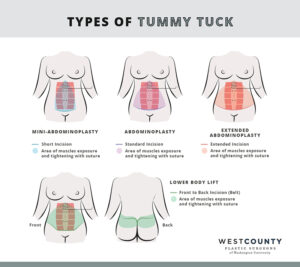
Types of Tummy Tuck
- Full Tummy Tuck.
- Mini Tummy Tuck.
- Extended Tummy Tuck.
- Fleur-De-Lis Tummy Tuck.
- Drainless Tummy Tuck.
- Tummy Tuck with Liposuction.
- Non-Surgical Tummy Tuck.

